The Art of Slow Fashion: Why Handmade Knits Are the Future
In the age of fast fashion, where collections change almost every week and wardrobes are filled with mass-produced items, handmade clothing is becoming a symbol of resistance. Slow fashion is not simply a trend — it is a conscious choice to support sustainability, individuality, and timeless beauty. At the heart of this movement lie hand-knitted garments, which embody everything fast fashion cannot offer.
Every Stitch Tells a Story
A hand-knitted sweater or cardigan is not just a piece of fabric — it is hours of patience, dedication, and passion. Each loop is carefully shaped by human hands, carrying the warmth and energy of its creator. Unlike factory-made products, handmade knits are never identical. Small variations in stitches, the natural flow of yarn, and the artisan’s personal touch make every item unique and alive.
This uniqueness turns handmade clothing into something more than fashion. It becomes part of your personal story, a garment you cherish and wear for years, perhaps even passing it on as a family treasure.
Why Handmade Means Quality
Slow fashion prioritizes quality over speed. When artisans create, they are not chasing deadlines or trying to cut production costs — they are building garments meant to last. Handmade knits often use natural, durable fibers such as wool, cotton, alpaca, or mohair, which not only provide comfort but also age beautifully. With proper care, such clothing can last decades, far outliving fast-fashion alternatives.
- Durability: well-made knits resist wear and retain their shape.
- Comfort: natural fibers allow the skin to breathe and keep you warm.
- Timeless design: hand-knitted pieces rarely go out of style.
Sustainability and Ethics
The fashion industry is one of the most polluting in the world, responsible for enormous amounts of waste, water consumption, and carbon emissions. Handmade production, on the other hand, usually happens on a small, eco-friendly scale. It consumes fewer resources, produces almost no waste, and supports ethical work conditions.
By choosing a handmade knit, you make a conscious choice: you reduce your ecological footprint and support artisans who are fairly compensated for their work. In a way, you invest not only in clothes but in a better future.
The Emotional Value of Handmade
There is something profoundly human about wearing clothes that were created by hand. You can feel the care, attention, and soul put into each detail. Fast fashion produces items for profit; handmade pieces are made for people. This difference creates an emotional connection — your cardigan or scarf becomes more than an accessory, it becomes a companion that carries meaning and memory.
Supporting Artisans and Traditions
When you buy handmade, you are not just purchasing clothing — you are helping to preserve a tradition. Knitting is an art that has been passed down for generations, often from mother to daughter, from master to apprentice. Supporting artisans means supporting culture, creativity, and local communities.
Every purchase is a vote for fair labor, for the continuation of unique skills, and for a world where human creativity is valued over machines.
The Future Belongs to Slow Fashion
Fashion is changing. Consumers are becoming more aware, asking not only “What does it look like?” but also “Who made it? Under what conditions? How long will it last?”. The answers to these questions are shaping the future of the industry. Slow fashion, with its focus on sustainability, ethics, and individuality, is becoming the path forward.
Handmade knits represent the very essence of this movement. They are beautiful, durable, personal, and responsible. Choosing them is not just about style — it is about values.
Final Thoughts
In a world that moves too quickly, handmade knits remind us to slow down. They teach us to appreciate the beauty of details, the value of time, and the importance of sustainability. Each stitch is a step toward a more conscious lifestyle, where fashion is not disposable but meaningful. The art of slow fashion is not just the future — it is the present we need to embrace.


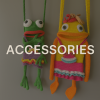


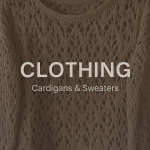
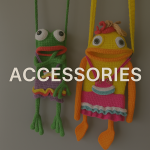
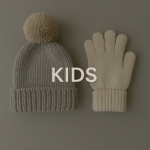

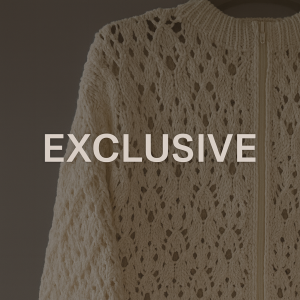
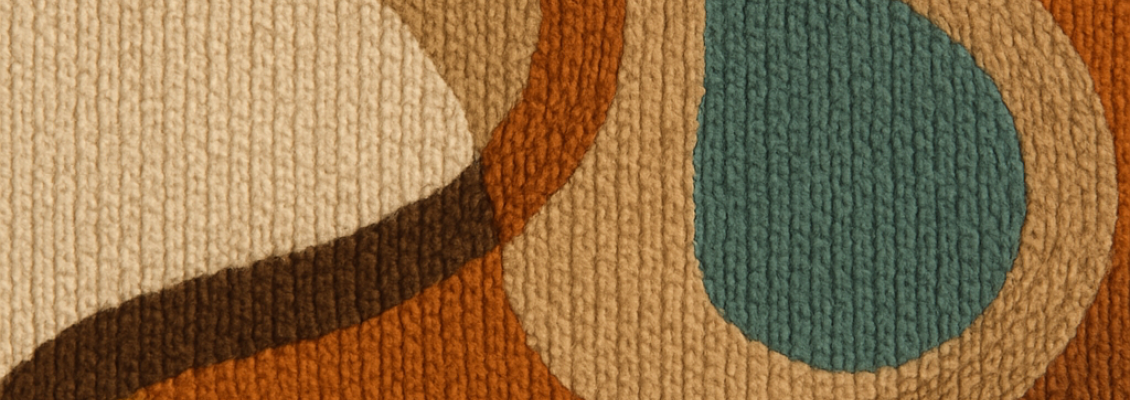
Leave a Comment